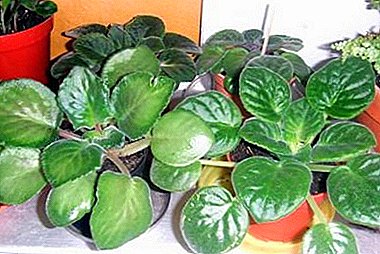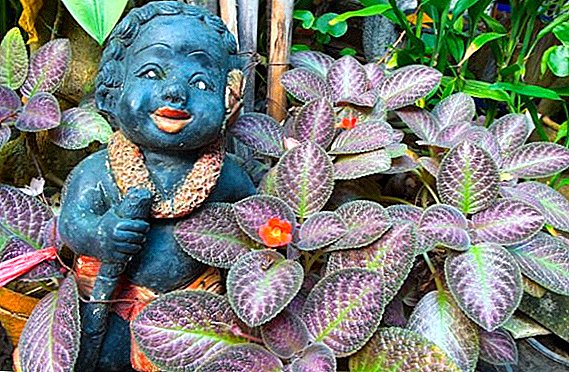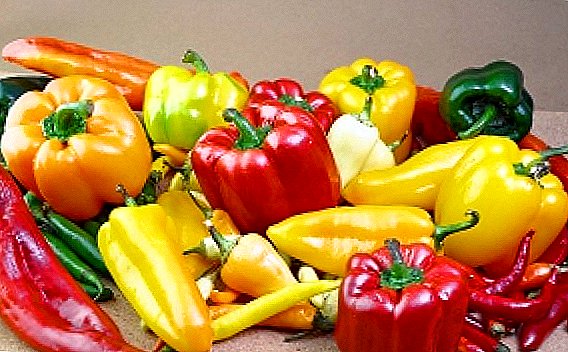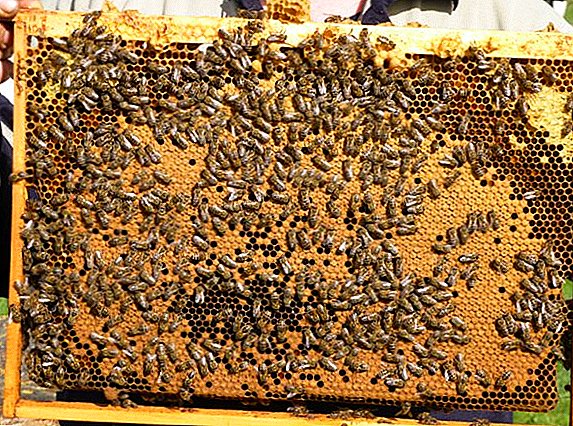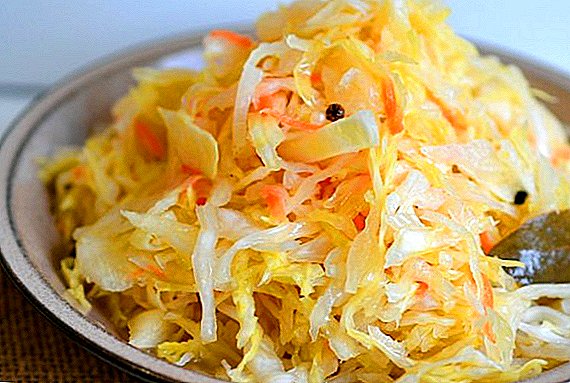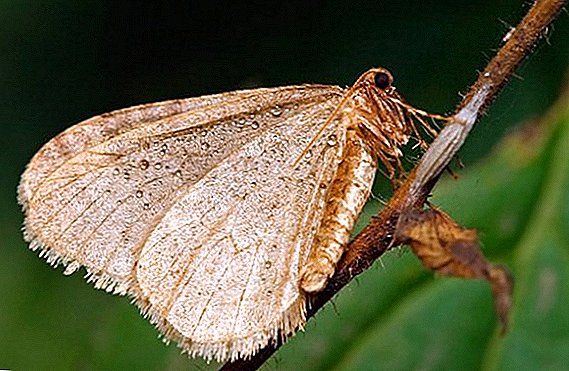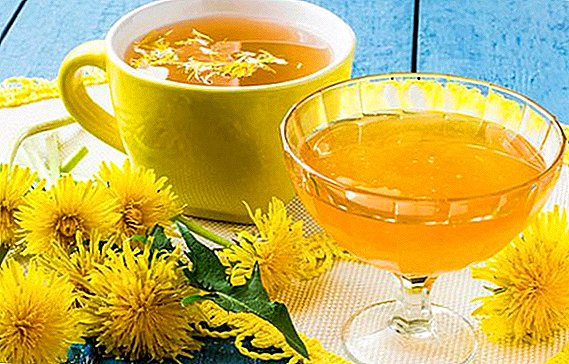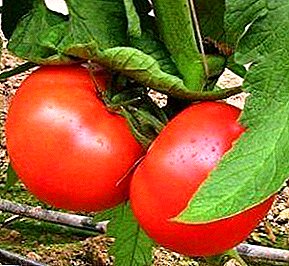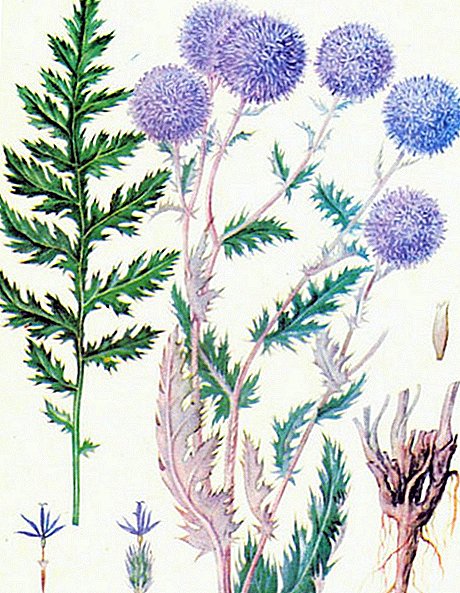 Echinops officinalis, as well as ordinary, broadleaf and sharogolovy.
Echinops officinalis, as well as ordinary, broadleaf and sharogolovy.
Modern biology has studied more than 120 species of this perennial, but only the three above-mentioned plant varieties are healing.
This article will introduce the healing properties of this plant.
Description
Plant height ranges from 40 centimeters to one and a half meters, depending on the variety of mordovnik. The root system has the shape of a rod, few root branches, a weakly leaf-covered stem, blue or purple round inflorescences with a mass of small flowers.
The plant grows in Europe, Asia and Africa, China, Afghanistan. In Russia, mordovnik is found in large numbers in the Urals.
Did you know? The name of Mordovnik in Latin is written as "echinos", which means "hedgehog".
Consider three types of mordovnik with medicinal properties:
- Sharogolovy - high perennial plant, from useful properties - tonic, ability to treat sciatica, to treat low blood pressure (hypotension), paresis and paralysis.
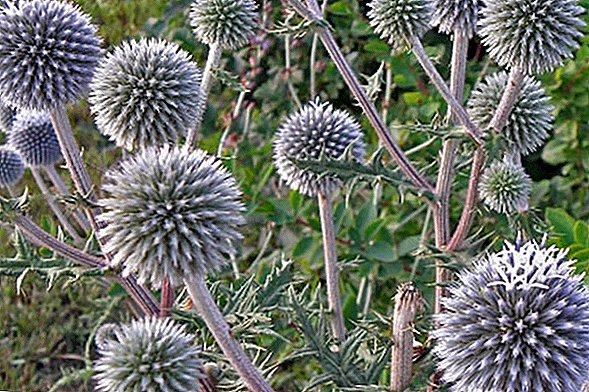
- Ordinary or Russian - relatively low herbaceous perennial, inflorescence blue color. The pharmacological industry uses as raw material for the manufacture of drugs for migraines, with radiation sickness and for the treatment of pathologies of mental development.
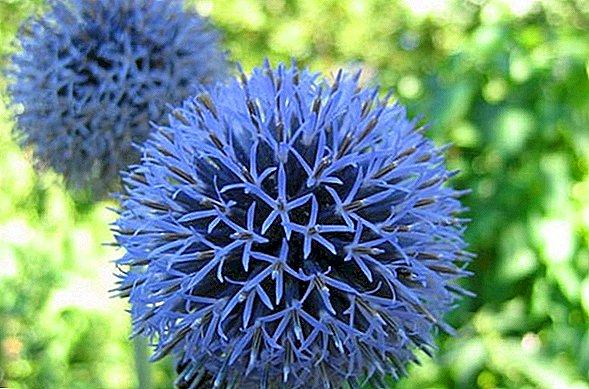
- Broadleaf - low-branched perennial, used to relieve rheumatic syndromes, treatment of dermatological skin manifestations, in diseases of the liver and pustular abscesses.
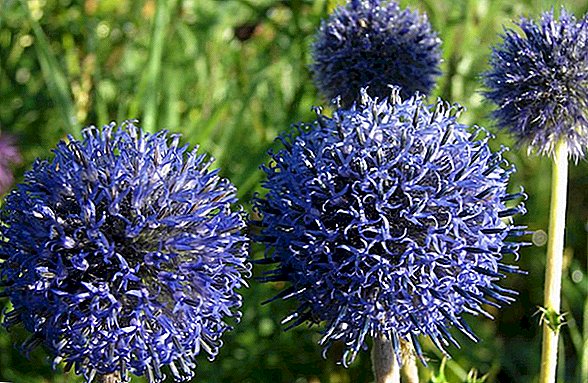
Did you know? Echinops medicinal loves stony and steppe soils. It grows on scree, roadsides and sandy soils.
Chemical composition
If you disassemble the components of the chemical composition of the plant, it is rich in fatty oils, triterpenoids and flavonoids. Also present are tannins, coumarins, rutin, steroids, vitamin C, rubber, saponins, higher aliphatic hydrocarbons.
In the seeds of the plant there is echinopsin, in the amount of two percent of the total mass. This substance is a valuable alkaloid.
Mordovnik benefits
Having such an impressive supply of useful chemicals, medicinal plant has such healing properties as:
- anti-inflammatory and hemostatic property;
- diaphoretic and diuretic;
- diuretic and wound healing;
- stimulating and tonic.
Medicinal drugs of juniper, bathing, goldenrod, stonecrop, milkweed, safflower, chervil are also often used as a diuretic.
 Perennial is used in modern medicine as a means to:
Perennial is used in modern medicine as a means to:- detoxification of blood during intoxication;
- withdrawing a patient from a hypotonic crisis;
- return to the walls of the circulatory system of elasticity lost with age;
- recovery of wounds and mechanical damage to the skin;
- enhance weakened immunity;
- withdrawal from depression;
- treatment of the mentally retarded;
- in the treatment of multiple sclerosis and myopathy.
Important! Do not forget that Echinops is a plant that contains toxins, and its incorrect use can adversely affect your health.
Plant application
The medicinal properties of mordovnik are not fully understood, but everything that is known to medicine about this herb makes us treat it with respect and seriousness.
Before embarking on such treatment, you need to consider that for this patient there may be contraindications. Therefore, it is imperative to consult a doctor.  If you decide on the use of folk recipes without the approval of a doctor, the responsibility for the consequences of such self-treatment lies with you.
If you decide on the use of folk recipes without the approval of a doctor, the responsibility for the consequences of such self-treatment lies with you.
How to use:
- Typically, the healing tincture of the healing perennial is recommended to be taken orally. For external use gadgets are recommended. They are made with dermatological diseases.
- The infusion of mordovnik ordinary is taken orally for epilepsy, multiple sclerosis, muscular atrophy, hysteria, exhaustion, facial paralysis and atherosclerosis.
Did you know? One hectare sown by a perennial mordovnik can provide 165 bee colonies for several years with nectar.
In folk medicine
Traditional medicine offers many recipes from the herb mordovnika with healing properties from various diseases.
Two teaspoons of seeds are poured into a container that does not allow light (you can take a bottle of dark glass), then pour 100 grams of undiluted medical alcohol into the seeds. The container is sealed tightly and set to infuse for 21 days.
When the alcohol tincture is ready, it is filtered through cheesecloth. You need to take the medicine twice a day, 20 drops at a time.
Two teaspoons of mordovnik seeds are poured into a thermos, poured there a glass of boiled water and, closing, insist night.
You can make an infusion without using a thermos, brew the seeds in a saucepan, cover it with a tight lid and wrap it until the morning. In the morning the infusion is ready. Before applying the water infusion for its intended purpose, it must be drained from herbal litter.
This portion is drunk in three doses, at approximately equal intervals throughout the day. You can enhance the effect of the infusion and in the preparation add two teaspoons of finely chopped steppe feather grass to the seeds of mordovnik.
To prepare measure out:
- a tablespoon of mordovnik seeds;
- three tablespoons of oregano;
- three tablespoons of peppermint;
- four tablespoons of lemon balm.
Herbs mix thoroughly. From the obtained herbal mixture, measure into the dishes, where the infusion will be infused, three tablespoons of the resulting herbal platter. Pour a glass of boiling water, wrap and insist for four hours.  Next, filter the infusion. The liquid (infusion) cleared of a grass is mixed with a glass of spirit tincture from buds of a black poplar. Tincture is ready. Optionally, you can add shredded horseradish root (100 g) to the tincture.
Next, filter the infusion. The liquid (infusion) cleared of a grass is mixed with a glass of spirit tincture from buds of a black poplar. Tincture is ready. Optionally, you can add shredded horseradish root (100 g) to the tincture.
Store in a cool, dark place. For treatment, moisten the folded tissue several times with tincture and attach it to the sore spot. Cold compresses from this tincture are applied to the skin for 10 minutes. Not more!
They are used for radiculitis, inflammation of the joints, plexitis, osteochondrosis, arthrosis, arthritis, inflammation of the facial nerves. Compressing frequency - up to three times a week.
In beekeeping
For beekeepers, it is no secret that the juggerhead is a great honey plant, from which bees can collect honey bribes of 1 ton per hectare.
Did you know? Bees need to make up to five thousand missions to the meadow, collect bribes of nectar from about 10 million flowering plants. A large bee family collects 7-10 kg of honey per daylight hours.
Beekeepers interested in good honey plants disperse this perennial by hand as soon as the opportunity presents itself. Nectar stands out from the blossoming mordovnik in any weather, and its outflow is not limited to the morning hours, the movement of nectar is equally intense throughout the daylight hours.
The diameter of the inflorescence of mordovnik reaches 4-6 cm. A well-developed perennial can have up to 20 peduncles. Sharogolovy mordovnik serves for bees as an inexhaustible source of flower pollen, it is abundantly covered with flowers. Bees are buzzing all day long over the plants.
The following plants also belong to honey plants: bruise ordinary, cilantro, yellow and white locust, sunflower, rape, linden, heather, marjoram, medunitsya, cherry plum.
Contraindications
There are strict contraindications for treatment with mordovnik. In no case can not use tinctures or compresses from it to people who have fresh lesions of the optic nerve.
In the case of a small poisoning with a medicinal plant, blood pressure may increase or the function of the central nervous system may be disturbed.
Taking a large dose of mordovnik can result in convulsions for the patient. And in the first and in the second case, you must immediately contact the doctors. 
Important! Toxic medicinal plant is strictly contraindicated for future and lactating mothers, children, the elderly with high blood pressure. Patients suffering from any form of hepatitis, nephritis or asthma, medicinal perennial may cause harm.
Collection and storage of raw materials
All traditional perennial parts (roots, seeds, and aboveground herbal parts) are listed in traditional medicine recipes.
Harvesting of seeds begins in the fall, usually in September, when the testes of the plant mature well. Dried fruits with seeds, rhizomes (washed from the ground) and the stems of the plant in a shaded place where there is a draft.
From the grass parts and seed plants small brooms are tied, the roots are tied up to the dryer one by one. Often, improvised dryers arrange, tying bunches of grass under the canopy of a shed or porch.
You can dry the plant collection in the oven or oven, but you need to remember that the herbs are dried at an air temperature not higher than 50 degrees. Exceeding the thermal threshold deprives perennial medicinal properties.  Immediately before use, the seeds of mordovnik medicinal shake out of the dried seed chambers. It is possible to use the collected herbs and seeds of mordovnik for two years, during this time they retain healing power.
Immediately before use, the seeds of mordovnik medicinal shake out of the dried seed chambers. It is possible to use the collected herbs and seeds of mordovnik for two years, during this time they retain healing power.
Before collecting seeds of a toxic plant or making medicinal infusions from it, it should be remembered that it is not fully understood.
And the fact that the perennial is a poisonous plant, should stop a little hot followers of traditional medicine from ill-considered actions. Only a doctor can prescribe treatment with such a dangerous herb, determine the method of treatment and the dose that will not cause the patient to become poisoned.





